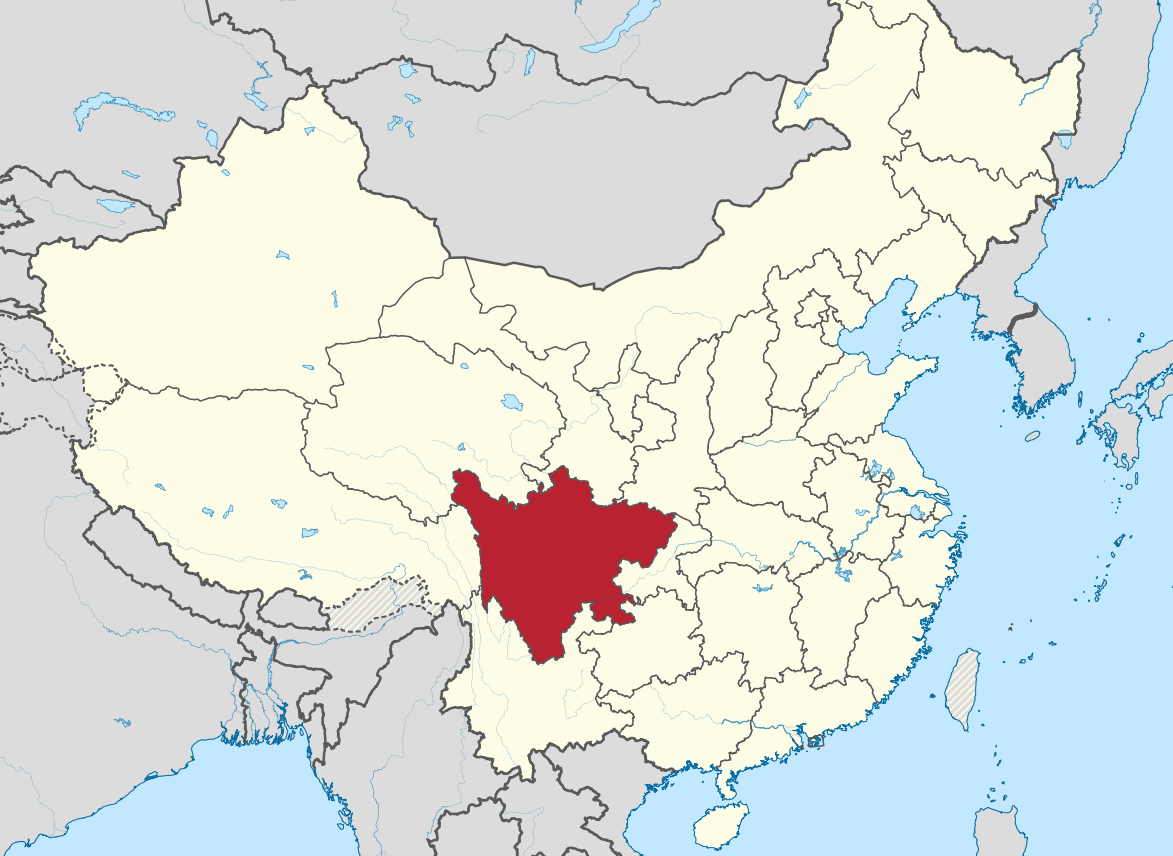I’m fascinated by history (hated the subject when I was in school). It is no surprise, that as I learn more about banking and money, one cannot help but be fascinated with paper money or currency notes.
The idea and invention of paper money has, for a long time, been one of the most interesting topics around. Paper currency is interesting not only for the printing technology used in its production but also for the fact that a commodity that itself lacks intrinsic value is used for trade. Yeah, that’s a big word, intrinsic value. Something you take for granted with the currency notes you hold in your hand.

For many generations, it was believed – correction: not believed, it was like written in stone, that only valuable objects such as gold and silver would be used to trade. Coins were eventually made out of these items and used as currency. In as much as the use of coin was more convenient than barter-trade, challenges would often be experienced in cases where large sums were involved. As a solution to the problem of moving gold, silver and other currencies which were comparatively heavier, civilizations in China invented paper money or what we call today a banknote.
Whilst there are various accounts that explain the sudden emergence of paper money, the fact that it originated from China remains constant – what is disputed is the time period. In one of the accounts, the idea of paper money is believed to have been conceived and actualized in China around the 806 A.D. Other sources indicate that the Tang Dynasty was actually the inventor of paper money back in 740 B.C. The invention of paper money is seen to have been a direct result of the invention of block printing. Block printing is a system which resembles stamping that was invented around the time paper money was first made.
There was a considerable rise in the need for metallic currency between 618 and 907 during the Tang Dynasty. Despite its scarcity, coins were devalued around the time and one needed to have lots of them to be able to trade. This was becoming very tricky for people that wished to purchase expensive items as they had to move around with heavy loads of coin.
While there were other ways to buy things, bartering, for instance, each of them had its own challenges. The lack of coins was also taking a toll on the dead because burials were withheld due to the unavailability of coins that they believed bought passage to the afterlife when buried with them. The challenges that faced the use of paper currency was growing by the day and the Chinese realized something had to be done about it.
There are no recorded statements that document this problem (at least I have not read any, so if you know of any, please let me know).

Being a pragmatic and innovative people, the Chinese invented paper money, a currency they creatively labeled Flying Money. It was called flying money because it was made with such light paper that it flew in the wind.
In the initial stages of paper money development, the currency was typically military script or issued as an emergency measure used only in very serious situations. On several occasions, the notes didn’t last long in circulation.
One would have thought that paper money would be used in the Eastern provinces, sea facing where sea trade was the norm. But that was not to be the case. Szechwan Province recorded the first use of paper money. The province is an isolated area that was frequently hit by a copper shortage. Due to the common copper shortages, the province reverted to the use of iron coins for currency. When paper money was invented, it was a welcome option to them and they quickly embraced it.

Seeing it as a profitable venture, iron banks (not to be confused with the Iron Bank in Game of Thrones) got into the trade which was shortly afterward taken over by the government. Paper money was fast embraced by traders for the various advantages it had over metallic currency. For starters, paper money was a lighter option as compared to a metallic currency, gold, silver or the other valuable materials that were used for trade. Another edge flying money had over other forms of currency was its ability to fold. Coupled with its lightness, paper money was very easy to carry along. It could easily be stuffed into pockets or bags and used to buy items at the point of trade. Paper money, at the time of its invention, held considerable value. This made it easy for traders to make purchases as you would only need a few paper notes to make a purchase.
Although the Tang Dynasty is for the most part credited with the invention of flying money, the Song Dynasty was actually the first to issue true paper money around 1023. It was cautiously issued within a limited area and in small amounts. Despite losing its value over time and ultimately being dropped by the Chinese and other civilizations that adopted it, paper money is still considered one of the best gifts given to us by the Chinese.
Without paper currency, life would be pretty difficult for us. Shopping would be excruciating because we would not only be carrying around loads of coins but also waiting for long durations for the coins to be counted by cashiers.
Once again, the new generation of payment methods is also originating in the same region. China is at the forefront of the cashless revolution (think AliPay and Wechat Pay). Making payments in a digital format is sweeping the world and history is being written as we watch.
—
This page was last updated on September 1, 2022.
–




